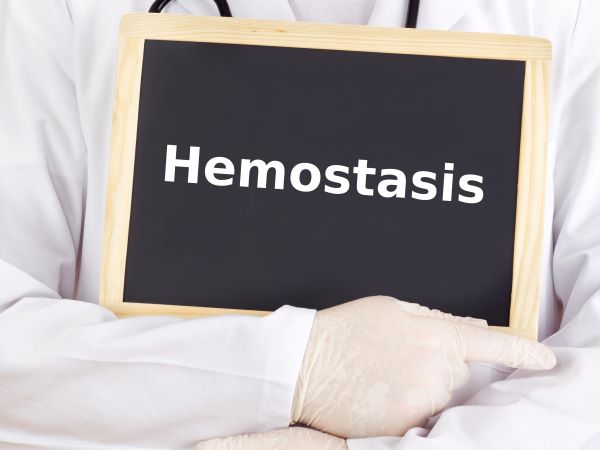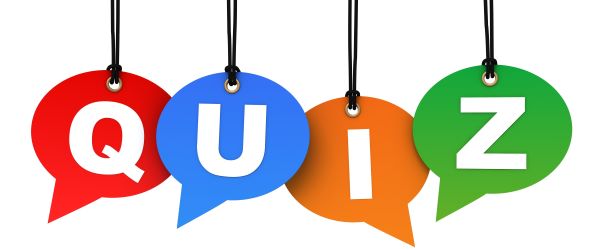Gastroenterology Coding Alert
Explore the Newest Foreign Body Codes
Also: review which procedure codes to use for FBR. Normally, swallowed objects pass through the GI tract without causing harm, but when things end up in the body that don’t belong, there can be complications including obstruction or perforation. As GI coders, you’ve likely seen a few foreign body removals (FBRs) pass across your workflow. You may not have had reason yet to use the 2023 ICD-10-CM W codes, however. And you may not know which procedure codes to use with them. Familiarize Yourself With the W Codes Adults will sometimes swallow fish or chicken bones while eating, but people have been known to accidentally also swallow items such as sewing pins or false teeth. Children on the other hand, often put things in their mouths out of curiosity. Effective Oct. 1, 2023, 173 new codes took effect under W44 (Foreign body entering into or through a natural orifice). “These codes will help us identify the specific object for clearer documentation,” says Chelle Johnson, CPMA, CPC, CPCO, CPPM, CEMC, AAPC Fellow, billing/ credentialing/ auditing/coding coordinator at County of Stanislaus Health Services Agency in Modesto, California. The codes are broken down by the material that makes up the foreign body: Batteries: One of the more potentially dangerous materials is represented with W44.A- (Battery entering into or through a natural orifice). Plastic: When a patient has inserted an object made of plastic, you’ll select one of the W44.B- (Plastic entering into or through a natural orifice) codes. Glass: The following are for use when glass is the foreign body, reported as W44.C- (Glass entering into or through a natural orifice). Magnetic and nonmagnetic metal: ICD-10-CM has created codes that distinguish between magnetic W44.D- (Magnetic metal entering into or through a natural orifice) and nonmagnetic W44.E- (Non-magnetic metal entering into or through a natural orifice) metals to help you more accurately specify the material and potentially also the severity of the situation. Natural and organic materials: The W44.F- (Objects of natural or organic material entering into or through a natural orifice) codes cover a variety of miscellaneous natural materials. Nonorganic materials: W44.G- (Other non-organic objects entering into or through a natural orifice) covers several nonorganic objects as well as combinations of materials. Sharp objects: Report W44.H- (Other sharp object entering into or through a natural orifice) when the material is sharp (except for glass). Other and Unspecified: Be on the lookout for an “other” and an “unspecified” code in this new set also. You’ll have W44.8- (Other foreign body entering into or through a natural orifice) and W44.9- (Unspecified foreign body entering into or through a natural orifice) available to choose from. Remember that “details known at the time of the encounter should drive the choice between the ‘other’ and ‘unknown’ code varieties that are available. ‘Other’ should be reported when there are known details for which there is no specific code descriptor. ‘Unknown’ is for use when details are not available at the time of encounter to make a specific choice,” explains Jan Blanchard, CPC, CPEDC, CPMA, pediatric solutions consultant at Physician’s Computer Company in Winooski, Vermont. Coding alert: Each of these codes requires a 7th character representing the encounter type as follows: Note: A handful of new codes are also now available to describe the sensation of a foreign body, which is useful to help support medical necessity. For gastroenterology, you’re most likely to see one of these three: Consider Esophagoscopy Codes for FBR If FBR is required, your provider may perform an esophagoscopy. Simply put, an esophagoscopy gives a provider a means to investigate conditions affecting the esophagus and, commonly, a small portion of the stomach where the esophagus enters the stomach. The procedure serves to examine the esophagus lining and function, take tissue samples, dilate strictures, or simply unblock the esophagus clogged by foreign bodies. There are several types of esophagoscopy procedures: transoral, where the provider passes the esophagoscope through the patient’s mouth, and transnasal, where the provider passes the scope through the patient’s nose. Transoral procedures can also be rigid or flexible: Codes to look for: Choose esophagoscopy codes from 43180-43233 to report an endoscopic examination of the esophagus (even if the gastroenterologist incidentally enters the stomach, as may happen if the physician needs to gain a retroflex view back at the cardia). Often, you’ll choose from: When additional services are provided, such as dilation, you may choose a code such as: Note: If the foreign body is lodged beyond the esophagus, you may need to turn to esophagogastroduodenoscopy codes, which describe a procedure where the scope extends further into the stomach and even into the upper part of the small intestine or the duodenum. Turn to codes, such as the following in those instances: Note also that 43247 is the most commonly employed code for FBR; when the foreign body (commonly food bolus that got stuck) is pushed down by scope or associated instruments, the provider commonly examines the stomach and sometimes the duodenum. “If something swallowed needs removal, it is usually in the stomach and is grasped by one or another type of instrument and removed. If there is suspicion of a food bolus stuck, but by the time the scope is done the food bolus has already passed into the stomach, the provider may report a base code endoscopy such as 43200 [Esophagoscopy, flexible, transoral; diagnostic, including collection of specimen(s) by brushing or washing, when performed (separate procedure)] or 43235 [Esophagogastroduodenoscopy, flexible, transoral; diagnostic, including collection of specimen(s) by brushing or washing, when performed (separate procedure)] since nothing therapeutic is done,” explained Glenn D. Littenberg, MD, MACP, FASGE, AGAF, a gastroenterologist and former CPT® Editorial Panel advisor for ASGE in Pasadena, California. Sometimes, though, the provider finds and treats a stricture at the same time to prevent recurrence of the swallowing problem. Take note of these transnasal codes: CPT® introduced three temporary category III codes for transnasal EGDs that became effective July 1, 2021: Remember, CPT® reserves category III status for codes that describe “emerging technology, services, procedures, and service paradigms.”

Related Articles
Gastroenterology Coding Alert
- Condition Spotlight:
Explore the Newest Foreign Body Codes
Also: review which procedure codes to use for FBR. Normally, swallowed objects pass through the [...] - Inpatient Coding:
Unravel Place of Service, Site and Level of Care (Part 2)
Find expert advice on how to structure your appeal letter. In Gastroenterology Coding Alert volume [...] - Mythbusters:
Find 7 Myths and 1 Truth About Fee-for-Time Billing
Prep now for summer fee-for-time fill-ins. Summer vacations are already starting, which means many of [...] - You Be the Coder:
Delve Into This Difficult PEG Tube Scenario
Question: Our gastroenterologist removed a percutaneous endoscopic gastrostomy (PEG) tube in the office but had a [...] - Reader Questions:
Know Which Guideline to Follow for SDoH Advice
Question: Should I be reporting every social determinant of health (SDoH) that applies to the patient? [...] - Reader Questions:
Remember Definitive Diagnoses May Not Tell The Whole Story
Question: Once the gastroenterologist reports a diagnosis, can I still report signs and symptoms codes? Alabama [...] - Reader Questions:
Go Soft on This Neoplasm Case
Question: What is the correct code for leiomyosarcoma (LMS) of the sigmoid colon? I have found [...]




